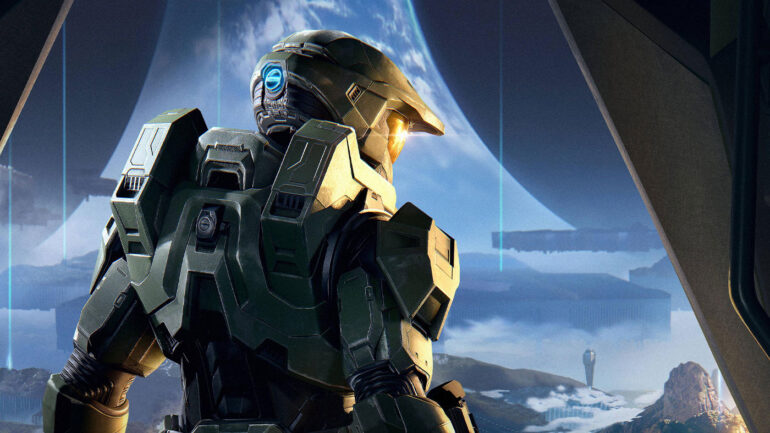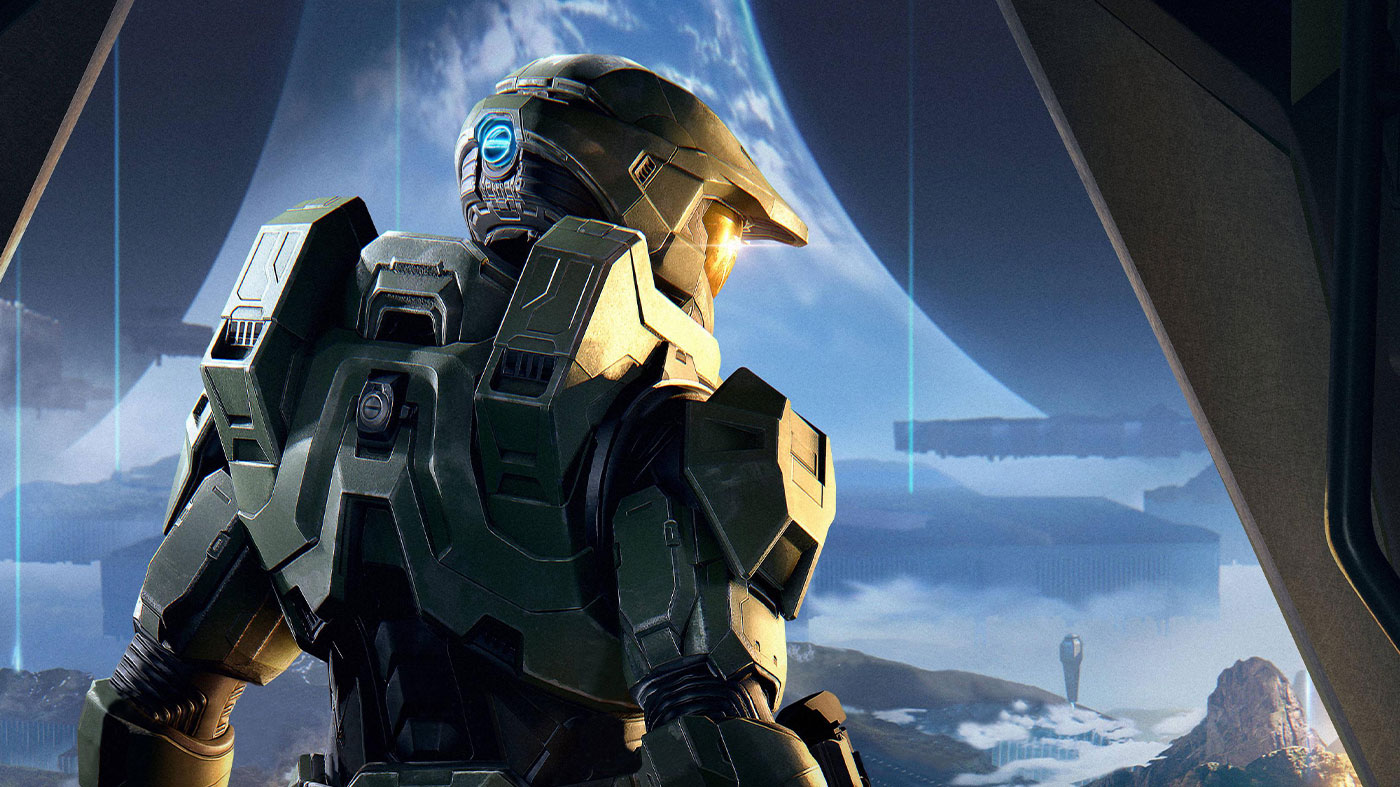It’s best to start with the obvious and address the Pelican in the room, Halo Infinite is still the game it was the day ‘Craig the Brute’ arrived. Though it has a bit more spit and polish, it isn’t a far cry from the game that, at a fundamental level, had people optimistic for the first time in years that Halo might be back.
Halo 5: Guardians failed through its aggressive attempt at contemporisation—Cortana’s heel turn betrayed the series’ one pivotal relationship and the multiplayer’s play for a place on the esports pantheon missed the mark. More than anything, Infinite walks back these errors and returns the series to a place that breeds instant familiarity—a place that captivates like Combat Evolved did when first taking in the ring world’s majesty.
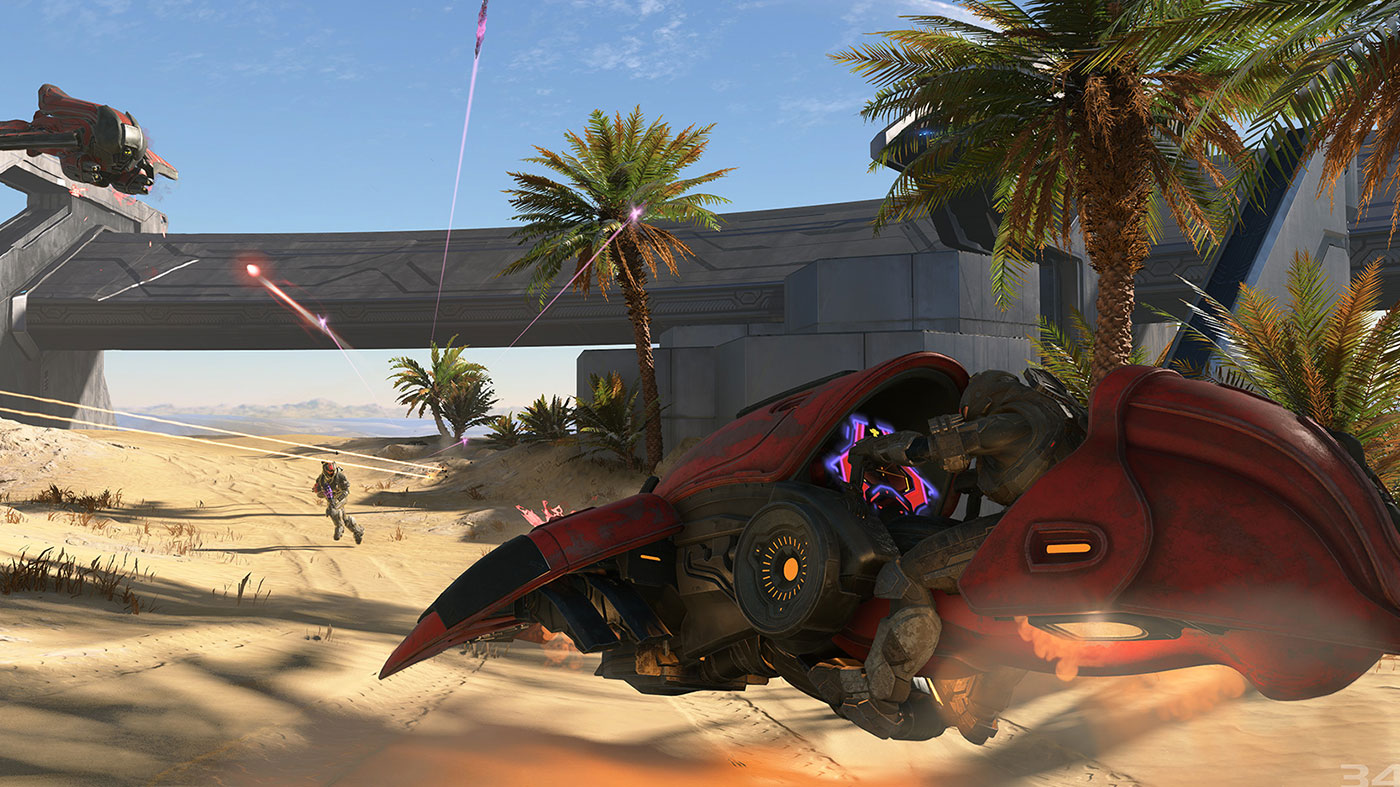
While Guardians’ closing scenes promised Cortanna’s tyrannical reign would rally all of the galaxy’s rogue A.I. against humanity, Infinite’s opening salvo sees Master Chief handily dealt with and cast into the void of space by the Banished leader Atriox, which is then followed by a time jump. By the time John is fished from the vacuum of space by the character who is known for the game’s majority as ‘The Pilot,’ the war is over, Cortana is gone, and a new threat is at humanity’s doorstep. Given the vehement response to Guardians, I do feel Infinite does a good job of begrudgingly honouring the established material while trudging forward in a new direction and, ultimately, it does feel redemptive.
Although Cortana is no more, Chief acquires ‘The Weapon’—an A.I. practically identical to Cortana whose aim it is to infiltrate her network, retrieve her, and prepare her for deletion—who, voiced again by the venerable Jen Taylor, serves as the emotional and hopeful foil to John’s battle-weary facade. There’s a quality to Steve Downes’ performance that is only possible after two decades of service to this character, and it’s fascinating that my nostalgia and the character’s overt stoicism combine to create several character moments that really worked for me.
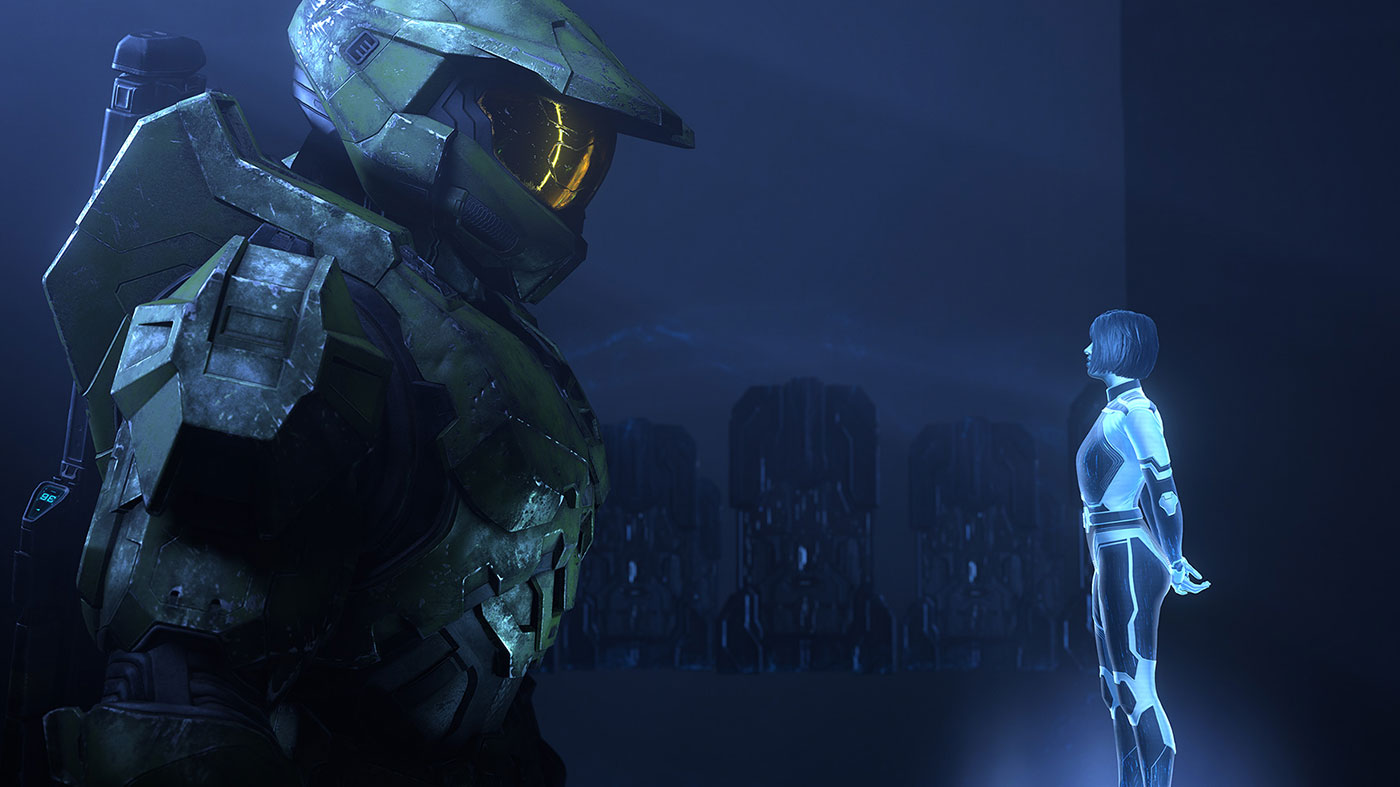
After the initial gut-punch of The Pilot’s introduction, his role felt a bit diminished for a majority of John’s fight against Escharum and his war troop. He’s vulnerable in a way John isn’t, which helps establish stakes for a character who has already failed too many of those close to him, but I felt he was under-utilised. Especially after initial expectations that he’d serve as the emotional lynchpin of the narrative.
The original promise of an open-world Halo game doesn’t exactly come to fruition here, as the campaign plays out in a surprisingly linear fashion. Of course, there are instances where Chief is thrown into a big sandbox but these feel rather disconnected from the game’s driving narrative. None of the activities within the world—whether it’s clearing an outpost or rescuing enslaved marines—feel of consequence when considered alongside the plot. They’re things for a hero to do, sure, but aside from the overarching notion of purging the ring of Banished forces they feel disconnected from the game’s A and B plots.
Infinite seems to borrow bits and pieces from past Halos. Its broad, open play spaces and huge battles feel like an homage to both Combat Evolved and the franchise’s real-time strategy spin-off Halo Wars while I think the surprising amount of boss encounters, and a slightly less egregious cliffhanger ending, are ripped right from its sequel’s playbook. I say less egregious because of the expectation that Infinite will serve as a platform for future content, so it shouldn’t be a half-decade long wait to finish the fight.
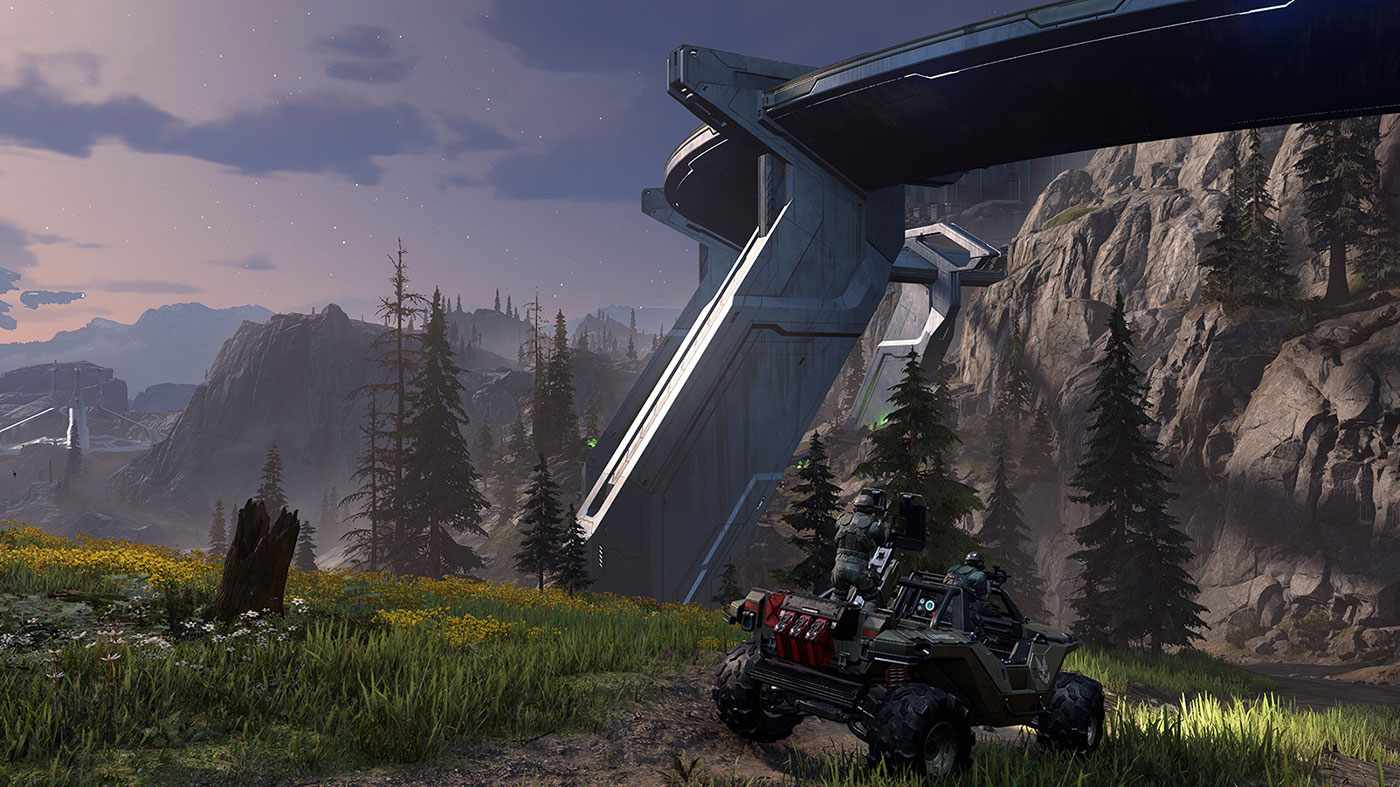
There is still a lot of fun to be had going around and working through the open world’s menial checklist because the game’s combat is so airtight. To borrow a phrase from the game’s creative lead, Halo’s regular three-legged stool approach to combat quickly became four through their greater focus on equipment. Infinite is a far more interesting game thanks to things like the Grappleshot—or as I call it, the singular reason I never bothered calling in a Warthog. It’s courtesy of the grappling hook alone that I spent as much time as I did exploring the open space of Zeta Halo.
It’s just a bloody shame that four-player co-op, a feature so bred-in-the-bone to Halo, didn’t make it to launch because I think this world, with all of its high-value targets to kill and secrets to uproot, is begging to be put to the sword by the chaos a band of four would be capable of.
The ‘four-legged stool’ approach works tremendously well within the game’s campaign and it translates to the game’s multiplayer suite too, helping to create an incredibly fun, competitive environment. I do wish Infinite handled playlists differently, but I do appreciate that their approach will ensure all of the modes included—there are some that are missing at this stage—will remain active. And although the entire selection isn’t out yet, the maps in the beta have been some of the best the series has seen in a decade. A personal favourite of mine is Bazaar, it is reminiscent of Counter-Strike and its verticality lends itself to Capture the Flag so perfectly.

Much has been said about the game’s progression system which has gone from ‘bad’ to ‘not as bad, I guess’ in the weeks since its surprise launch. As someone who’d constantly grind games like Destiny, exhaust challenges, and hit power ceilings within a fortnight of launch, I can appreciate why the game’s only means of measuring progression—its battle pass—might feel glacial to some. I expect a better balance will be struck down the road, and fortunately, it’s a long one ahead. I don’t think the progression is as offensive as some believe it to be because ultimately it’s all centered around player customisation and expression. The number next to your name might not tick over as often as you’d like, but it’s not as though it’s a measure of anything.
If the point of the game’s multiplayer is to harness the game’s exceptional combat and let players loose into a warzone of unbridled fun—and it is—then it well and truly understands the assignment.
It mightn’t be the best looking game out this holiday, but Halo Infinite’s art direction is rooted in nostalgia and there’s still a lot of spit and polish that has gone into getting this vast and beautiful world to where it currently stands. The most impressive thing the team has managed to achieve here is to create a game that’s so stable from front to back. The frame rate is unflinching and the resolution is up to standard, and it’s a standard the team has ensured remains consistent regardless of whether you’re in campaign or multiplayer. It’s also impressive that, in a time where other big-league shooters are experiencing their share of woes, Halo Infinite’s net code seems extremely reliable—for it to withstand the day one crush as it did is a testament to the team’s hard work.
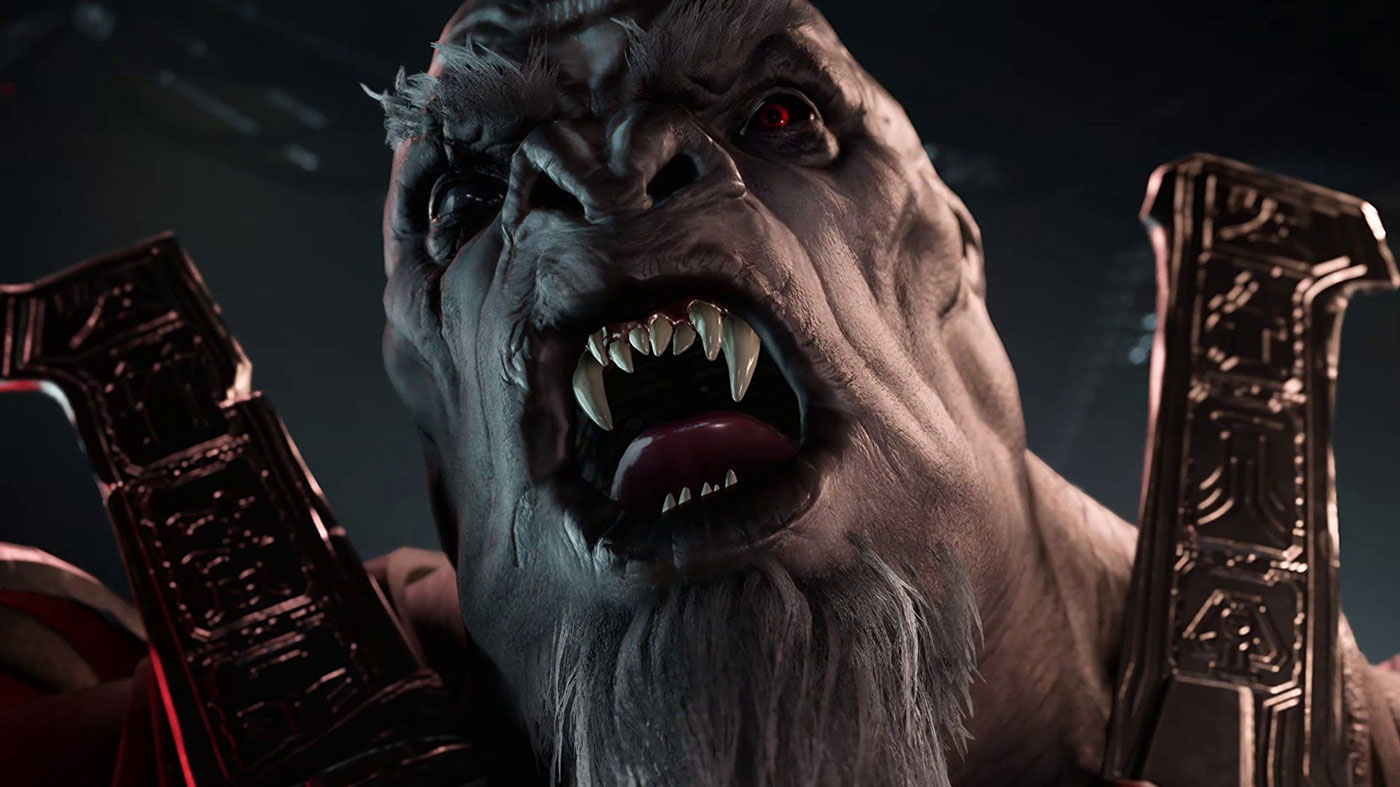
Without friends to wreak havoc with, the game’s open-world feels like a bit of a waste for now. That aside, Halo Infinite’s story is the franchise’s most personal yet and leaves the door open for plenty more when the time is right. With other big holiday shooters floundering at the moment, timing could be everything for what is essentially the second coming of Halo.
Master Chief’s one-liner in the early game which sums up whether one bullet would be enough to take out an army also manages to speak to what Halo Infinite brings to the table for players this holiday season.
“It’s enough.”


